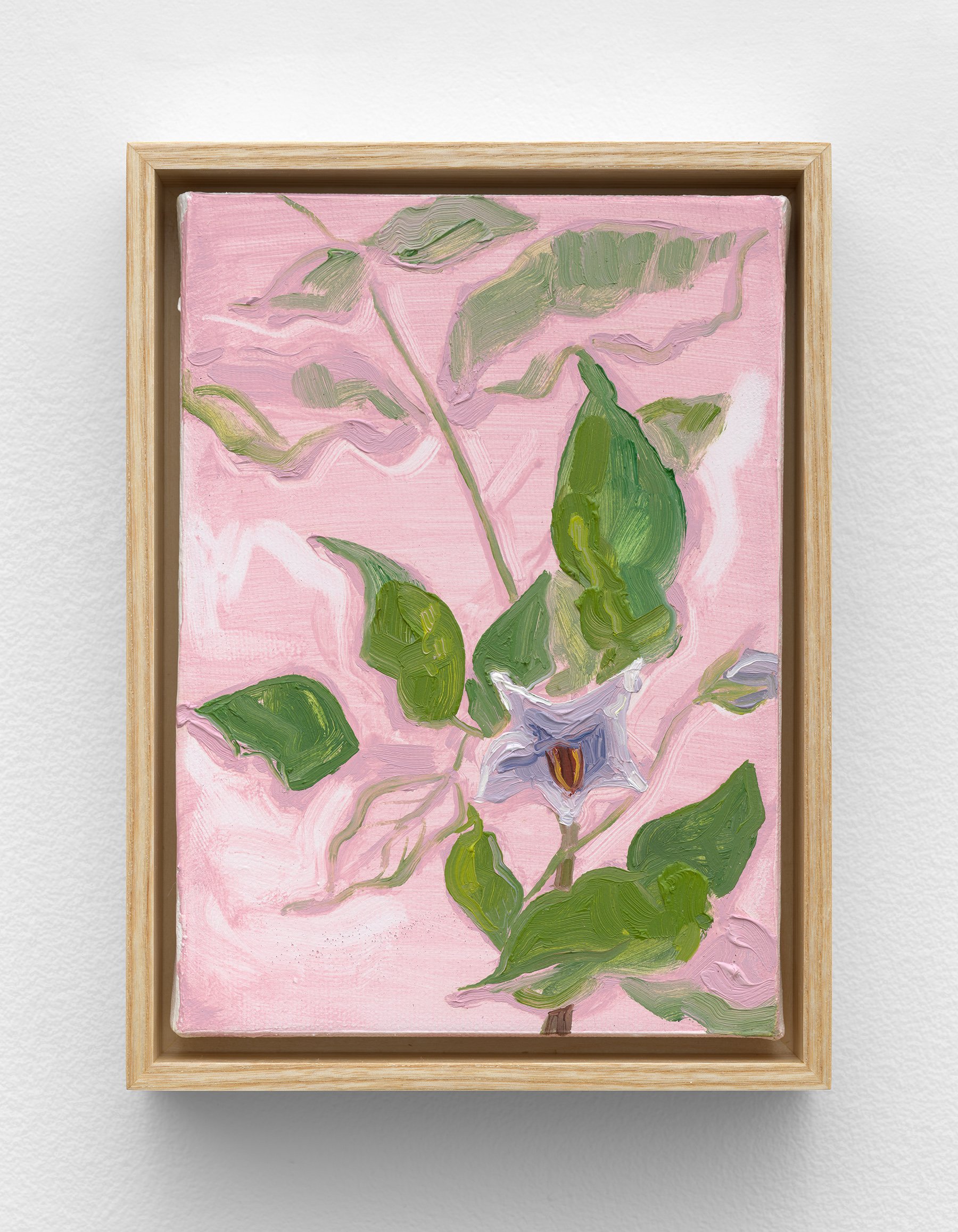resonance is a group exhibition curated by artist, cultural architect, and community steward Lauren Halsey. The exhibition brings together work from thirty artists, an ensemble whose dynamic practices and eclectic strategies of representation, storytelling, and thematic exploration create a generative bridge for dialogue, respite, and rumination. resonance spans a variety of mediums—including installation, painting, photography, mixed media, sculpture, and video—and gives attention to a range of topics and subject matter. Through the figuration of people, plants, and animals, a shared central theme in the exhibition is the symbol of life that reflects our interconnectedness and the intricate relationships we share with the world around us.
The exhibition is the brainchild of Lauren Halsey—the artist, cultural architect, and community steward whose large-scale foil collages and hand-carved gypsum works draw on the histories, vernacular poetics, and everyday contexts and forms of South Central Los Angeles, and reflect her ongoing engagement with Afro-diasporic mythologies, Funk music and aesthetics, and the interplay between personal history, collective memory, and broader societal narratives.
For Halsey, resonance is conceived less as a group showcase or articulation of a shared community-centered mission/standpoint. “It’s more in the spirit of a kiccbacc,” she maintains, that is to say an opportunity for fellowship, pleasure, rekindling old connections and cultivating new ones. “I invited kinfolk to show up and be a part of this,” Halsey explains. “These people are not all like-minded. And not all of their work is community focused. But I admire all of them. And we all jam.” She elaborates, “This exhibition (and a lot of my practice in general) is focused on that: generating community-centric moments, not merely community-centric work.”




